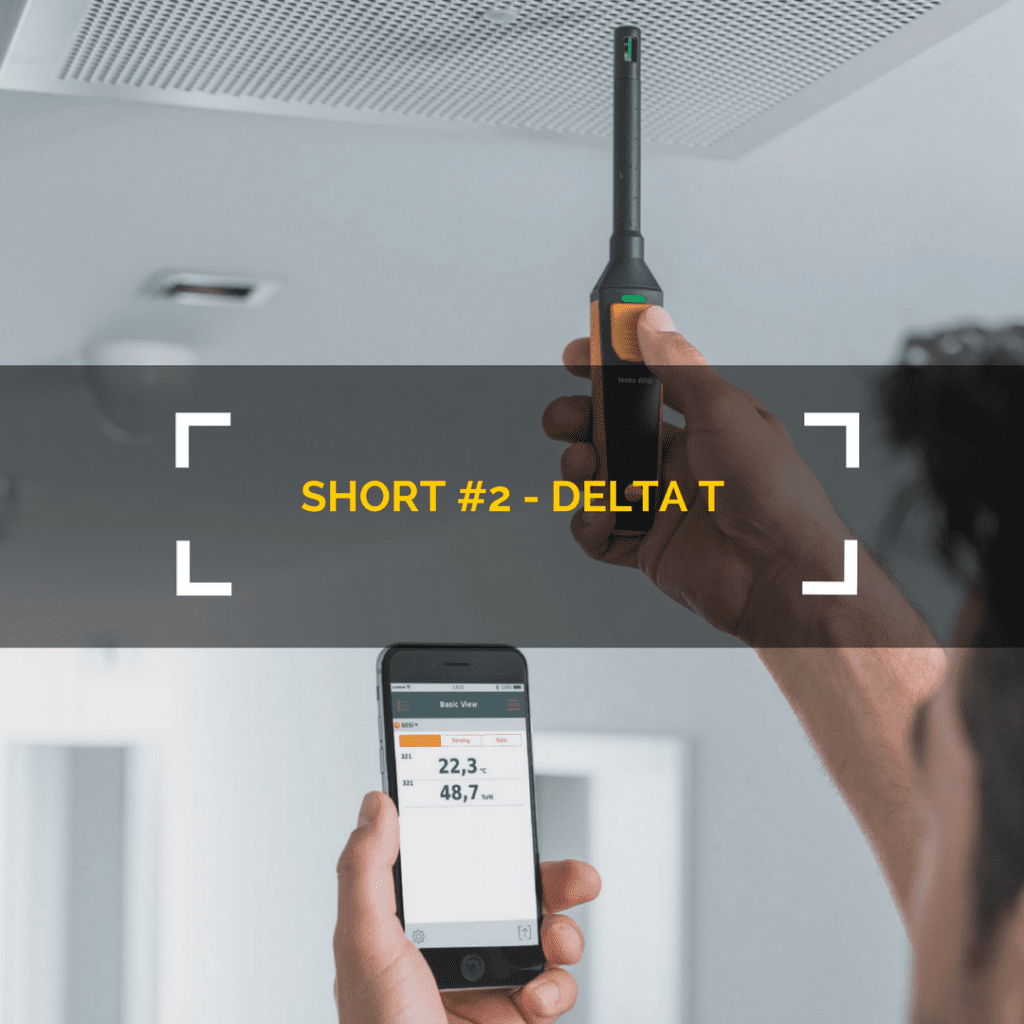Short #2 – Delta T (Podcast)

Today, Bryan discusses delta T (evaporator air temperature split) what it is, what it means, and how to avoid some common pitfalls.
Delta T is NOT the air temperature rise on a furnace, and it is NOT the design temperature difference (DTD). Instead, delta T refers to the temperature split between return air entering the evaporator coil and the supply air leaving the unit. Typically, 20 degrees (Fahrenheit) is a desirable split, but there is still a range based on relative humidity, enthalpy, and airflow. The range can be as high as 24 degrees.
To measure delta T properly, you need high-quality probes. (Don't use cheap dial probes if you don't want an inaccurate measurement.) Whenever you expose a probe to another probe via an air gap, they can affect each other's temperatures. Radiant heat transfer occurs between them, and you can get incorrect readings. In general, you want to keep your supply probe downstream of the coil. Do NOT use an infrared thermometer to measure the temperature split. Infrared thermometers are inaccurate and may also pick up duct gains.
Delta T is not a fixed value, but it is still rather predictable. You can use our calculator to help get an idea of the measurement you're aiming for. Some factors that reduce the temperature split include high airflow, high relative humidity, and low capacity (and all of its possible causes).
High temperature splits typically occur due to poor airflow. Dirty filters and coils are the main culprits of poor airflow and high temperature splits by extension. Dehumidification mode and lower relative humidity may also result in higher delta T values. (However, dehumidification mode is usually intentional and is rarely a cause for concern.)
If you have an iPhone, subscribe to the podcast HERE, and if you have an Android phone, subscribe HERE.
Author:









Comments
To leave a comment, you need to log in.
Log In